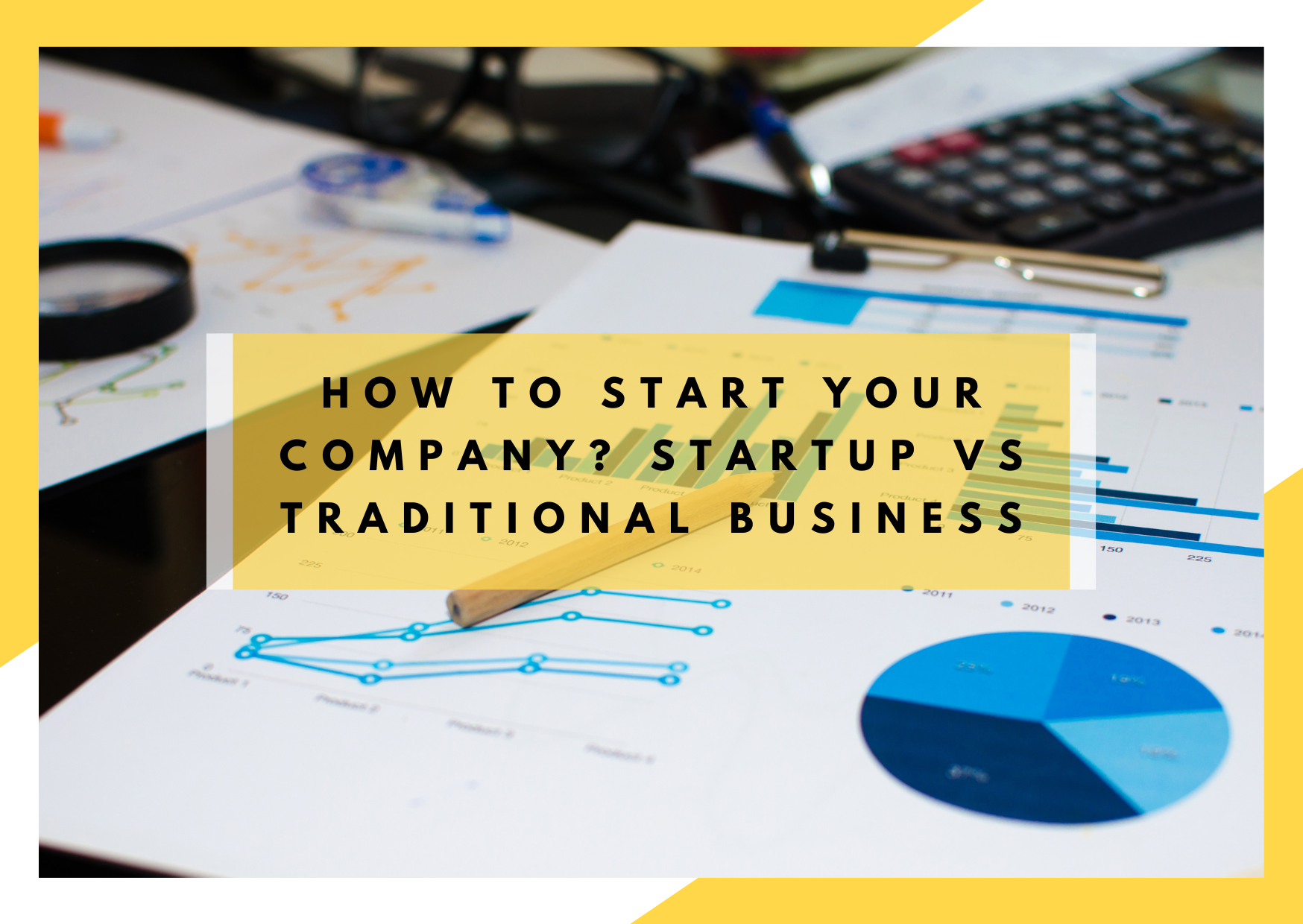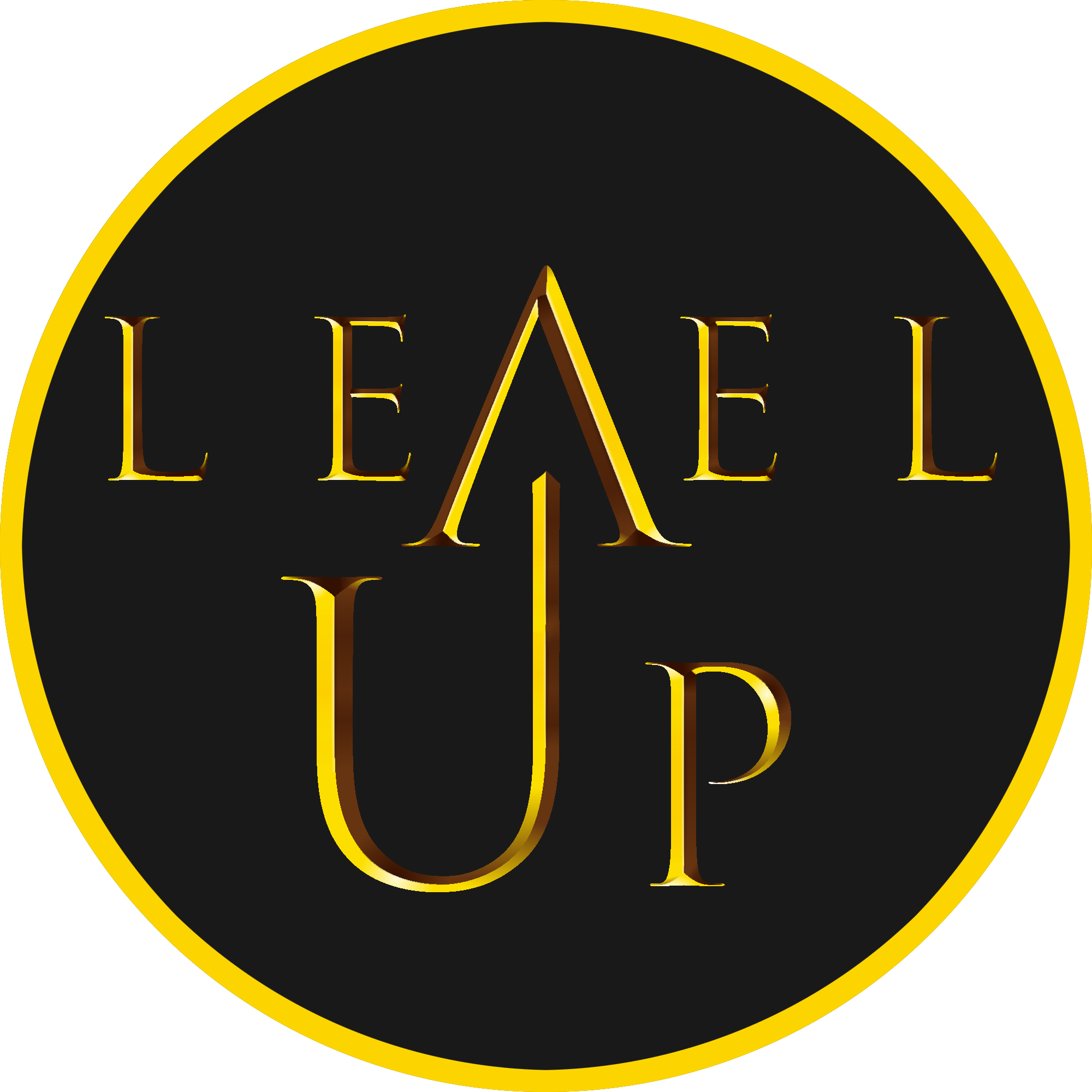August 1, 2025

Main differences between startups and traditional businesses
When founding a new business, we can find some differences between a startup model and a traditional business model. The traditional way entails taking a more methodical and cautious approach; this is common in companies that rely on services or physical and stores, while a startup entails using cutting-edge concepts, technology, and adaptability to established markets or forge wholly new ones, is a common startup strategy.
Starting a business through a startup approach versus a traditional approach involves differences in terms of mindset, resources, risk, and growth potential. This is a comparison that we shall examine.
Resources
Startup: Frequently depends on crowdfunding, angel investing, or venture capital for finance. It may reduce overall costs by utilizing virtual teams and co-working spaces.
Traditional: it may call for a sizable down payment or bank loans, typically entails recruiting full-time staff and putting up physical infrastructures.
Mindset
Startup: it places a focus on disruption, innovation, and agility. Most startup entrepreneurs seek to establish a new market or find a solution to a particular issue.
Traditional: it usually adheres to accepted business concepts and procedures, emphasizes consistency and steady expansion.
Risk
Startup: high risk because of unpredictability regarding competitiveness, scalability, and market acceptability. Many startups fail in their first few years.
Traditional: Less risk than startups because it frequently uses validated company plans and pre-existing markets. But there are still dangers connected to market fluctuations, competition, and economic downturns.
Innovation
Startup: concentrates on disruptive innovation, developing novel goods, services or business plans that contradict established conventions.
Traditional: rather than bringing completely new concepts, innovation may be more gradual, concentrating on enhancing already-existing items or processes.
Growth Potential
Startup : have the potential to grow quickly and scale, particularly if they create a disruptive good or service.
Traditional: growth usually occurs more gradually and linearly. Opening new stores or gradually breaking into new markets can be examples of expansion.
Exit Strategy
Startup: frequently looks to exit the market through an IPO or purchase by a bigger business to give investors a profit.
Traditional: the firm can be sold to another person or organization, transferred to family members, or ownership can be retained for an extended period as exit alternatives.
How to use the startup methodology
Idea Generation: start by determining an issue or an unfulfilled demand in the market. This might be anything from launching a completely new product or service to enhancing an already existing one.
Market Research: to comprehend your target market, rivals, and industry trends, perform in-depth market research. This is a critical step in confirming that there is a market for your product or service and validating your idea.
Development of Prototypes: to test your idea in the market, develop a prototype or minimum viable product (MVP). This enables you to get input from possible clients and improve your offering in response to their comments.
Seek funds: depending on the size of your business, you might have to look for crowdfunding websites, venture capitalists, or investors for cash. To draw in potential investors, an entrepreneur needs to create a strong pitch deck that summarizes their business concept, the market opportunity, and the potential for growth.
Launch and Iterate: it’s time to put your business on the map after you’ve obtained finance and improved your offering in response to customer feedback. To stay competitive and grow your business, never stop refining and upgrading your product based on input from customers and market conditions.
How to use the traditional methodology
Draft a thorough business plan that details your organization’s goals, target market, competitive landscape, marketing approach, and projected financials. This document acts as your company’s road map and is crucial for obtaining capital and directing operations.
Compliance with Laws and Regulations: obtain the required licenses and permissions, register your business entity, and make sure all local, state, and federal laws are followed. This is a critical step in demonstrating the legitimacy of your business and averting future legal problems.
Funding: raise money for your company from friends and family, banks, or other financial organizations, or from your own savings. Conventional firms might not necessarily depend on venture capital funding or outside investors, unlike startups.
Establish Operations: assemble your virtual or physical infrastructure, recruit staff as required, and build connections with suppliers. Delivering top-notch goods and services is the key to developing a solid clientele and reputation.
Marketing and Growth: use marketing techniques to draw clients and advertise your company. To reach their target audience, traditional firms frequently rely on conventional advertising channels including print media, radio, television, and word-of-mouth recommendations.
The best strategy for you will rely on several variables, including your industry, target market, available resources, and personal preferences. Both the startup and traditional techniques have advantages and disadvantages. Whichever strategy you decide on, establishing a business demands meticulous preparation, tenacity, and the ability to adjust to shifting market conditions. The best strategy for you will rely on a number of variables, including your industry, target market, available resources, and personal preferences. Both the startup and traditional techniques have advantages and disadvantages. Whichever strategy you decide on, launching a business demands meticulous preparation, tenacity, and the ability to adjust to shifting market conditions.
This article was created as part of the Become young entrepreneur project implemented by the Erasmus+ program with European Union funds.
